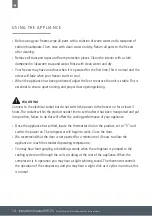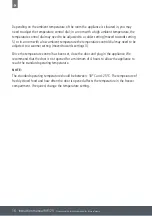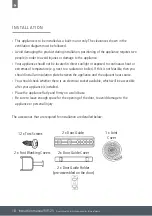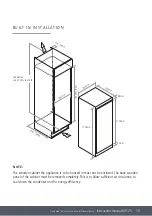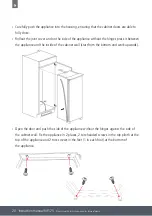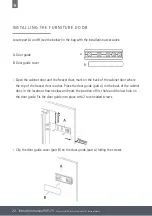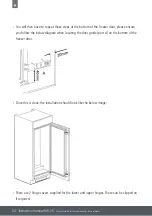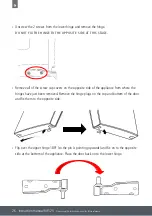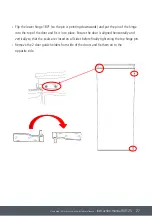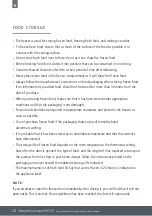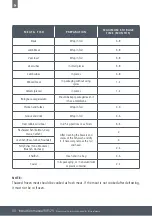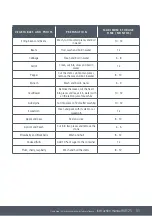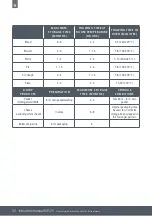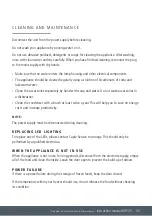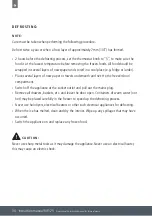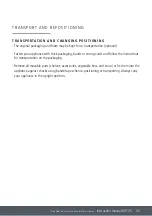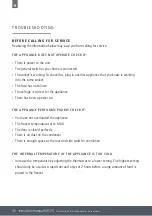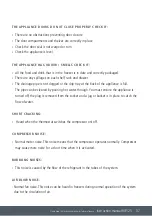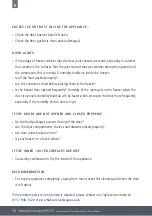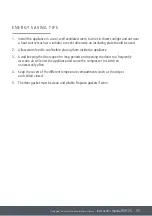
28 Instruction manual RiF125
Please keep this instruction manual for future reference
F O O D S TO R A G E
› The freezer is used for storing frozen food, freezing fresh food, and making ice cubes.
› To freeze fresh food, ensure that as much of the surface of the food as possible is in
contact with the cooling surface.
› Do not store fresh food next to frozen food as it can thaw the frozen food.
› Before freezing fresh food, divide it into portions that can be consumed in one sitting.
› Consume thawed frozen food within a short period of time after defrosting
› Never place warm food in the freezer compartment as it will thaw the frozen food.
› Always follow the manufacturer’s instructions on food packaging when storing frozen food.
If no information is provided food, should not be stored for more than 3 months from the
date of purchase.
› When purchasing frozen food, make sure that it has been stored under appropriate
conditions and that the packaging is not damaged.
› Frozen food should be transported in appropriate containers and placed in the freezer as
soon as possible.
› Do not purchase frozen food if the packaging shows signs of humidity band
abnormal swelling.
› It is probable that it has been stored at an unsuitable temperature and that the contents
have deteriorated.
› The storage life of frozen food depends on the room temperature, the thermostat setting,
how often the door is opened, the type of food, and the length of time required to transport
the product from the shop to your home. Always follow the instructions printed on the
packaging and never exceed the maximum storage life indicated.
› The maximum amount of fresh food (in kg) that can be frozen in 24 hours is indicated on
the appliance label.
NOTE:
If you attempt to open the freezer door immediately after closing it, you will find that it will not
open easily. This is normal. Once equilibrium has been reached, the door will open easily.

